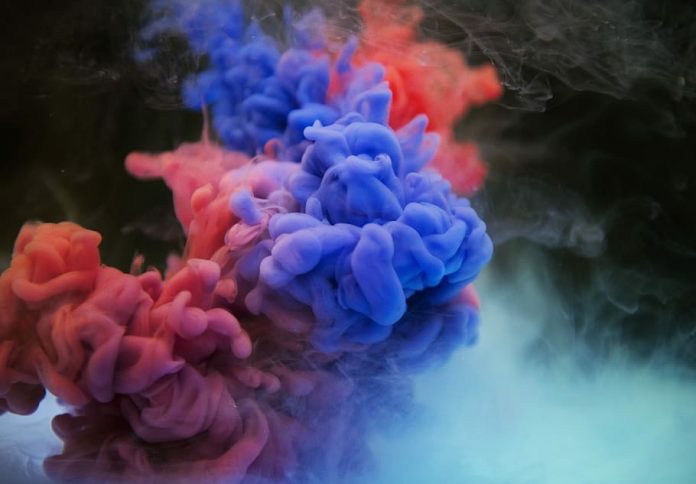In this article we will see how we can access opacity of the sprite in PYGLET module in python. Pyglet is easy to use but powerful library for developing visually rich GUI applications like games, multimedia etc. A window is a “heavyweight” object occupying operating system resources. Windows may appear as floating regions or can be set to fill an entire screen (fullscreen). A sprite is an instance of an image displayed on-screen. Multiple sprites can display the same image at different positions on the screen. Sprites can also be scaled larger or smaller, rotated at any angle and drawn at a fractional opacity. Image is loaded with the help of image module of pyglet. Opacity property sets the alpha component of the colour of the sprite’s vertices. With the default blend mode (see the constructor), this allows the sprite to be drawn with fractional opacity, blending with the background. An opacity of 255 (the default) has no effect. An opacity of 128 will make the sprite appear translucent.
We can create a window and sprite object with the help of commands given below
# creating a window window = pyglet.window.Window(width, height, title) # creating a sprite object sprite = pyglet.sprite.Sprite(img, x, y)
In order to create window we use opacity attribute with sprite object
Syntax : sprite.opacity
Argument : It takes no argument
Return : It returns integer
Below is the implementation
Python3
# importing pyglet module import pyglet import pyglet.window.key as key # width of window width = 500 # height of window height = 500 # caption i.e title of the window title = "Geeksforneveropen" # creating a window window = pyglet.window.Window(width, height, title) # text text = "Welcome toneveropen" # creating label with following properties# font = cooper# position = 250, 150# anchor position = centerlabel = pyglet.text.Label(text, font_name ='Cooper', font_size = 16, x = 250, y = 150, anchor_x ='center', anchor_y ='center')# creating a batch batch = pyglet.graphics.Batch()# loadingneveropen imageimage = pyglet.image.load('gfg.png')# creating sprite object# it is instance of an image displayed on-screensprite = pyglet.sprite.Sprite(image, x = 200, y = 230) # on draw event @window.event def on_draw(): # clear the window window.clear() # draw the label label.draw() # draw the image on screen sprite.draw() # key press event @window.event def on_key_press(symbol, modifier): # key "C" get press if symbol == key.C: # printing the message print("Key : C is pressed") # image for icon img = image = pyglet.resource.image("gfg.png") # setting image as icon window.set_icon(img) # accessing opacity of the spritevalue = sprite.opacity = 100# creating text from spritetext = "Opacity : " + str(value)# setting text to the labellabel.text = text # start running the application pyglet.app.run() |
Output :





